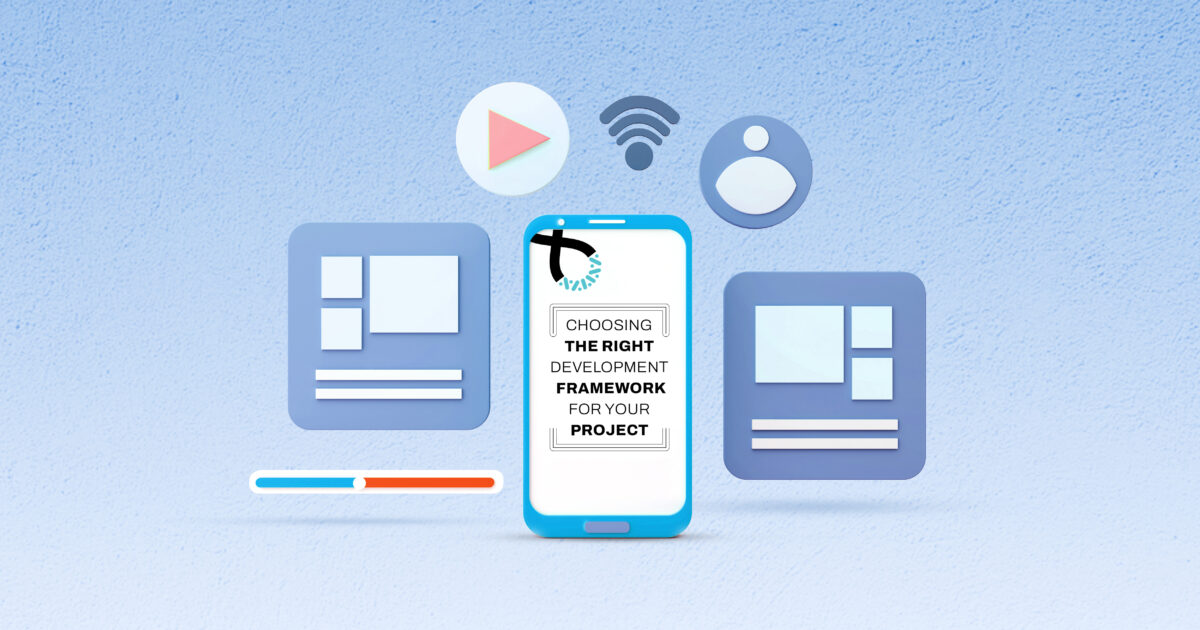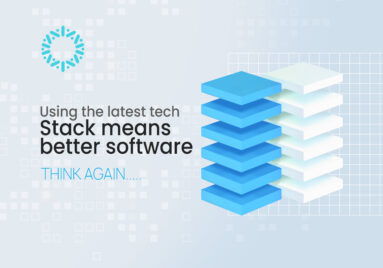When you start a new development project, one of the most important decisions you will ever make is choosing the proper framework. A development framework is a set of libraries and utilities that enable developers to write applications faster and more efficiently. It makes it easier by providing you with pre-coded code, templates, and best practices. With all the options available, selecting the appropriate one is intimidating, but if you understand what your project requires, you can be led to the appropriate one.
What is a development framework?
A framework is a building block for your project. A framework is some pre-coded stuff and components that deal with things that repeat and repeat, freeing you up to deal with special things. There are two general categories of frameworks:
Front-End Frameworks: They include the user interface (what the user views and interacts with). They are React, Angular, and Vue.js.
Back-End Frameworks: They are used for server-side activities like data manipulation and APIs. Node.js (Express), Django, and Ruby on Rails are examples.
Some of them include both front-end and back-end, and they also call full-stack frameworks.
Key Factors to Consider
Project Type
Consider the kind of project you are developing. A simple website will need to be something other than a sophisticated app with many features or real-time functionality. Choose a framework that is proportional to the level of complexity of your project.
Developer Experience
If your development team already knows one particular framework, it’s best to use the same one. Familiarity will speed it up and make the development go more smoothly.
Community Support
The larger, active communities of the frameworks are valuable since they offer tutorials, forums, and solutions to common problems. A solid community equates to more tools to fix on the way.
Flexibility
Think about the ways your project will grow larger later on. Will it involve dealing with heavy users or heavy loads of data? Some frameworks are made to deal with big apps and perform more optimally.
Performance
Some frameworks take less time to set up than others and are well worth the investment when you’re building an app that is going to be needed to be able to serve up a variety of requests or process a lot of data.
Security
Security is usually a necessity in every project. Make sure the framework does support security so your app doesn’t fall victim to debilitating vulnerabilities.
Top Frameworks Worth Considering
React.js (Front-End): Best suited to create dynamic and interactive UIs.
Angular.js (Front-End): Complete one to create large-scale applications.
Cascading Style Sheets (CSS) (Front-End) : Control how a web application looks, including its layout, fonts, colors, and design.
HTML (Hypertext Markup Language) (Front-End) : Is a system for organizing content in a webpage. It tells the browser how to display text, images, and other media.
Node.js with Express (Back-End): Quick, JavaScript-based framework to create scalable server-side apps.
Django (backend): Python-based framework to create secure and scalable web applications.
Ruby on Rails (backend): Developer-centric framework to create applications rapidly.
Conclusion:
Selecting the most appropriate development framework is your project’s ticket to success. Based on the needs of your project, the skills of your project members, and the strength of multiple frameworks, you can select one best suited to you. Based on whether you are creating the front-end, the back-end or both, there is one best suited for your project completely perfectly.





